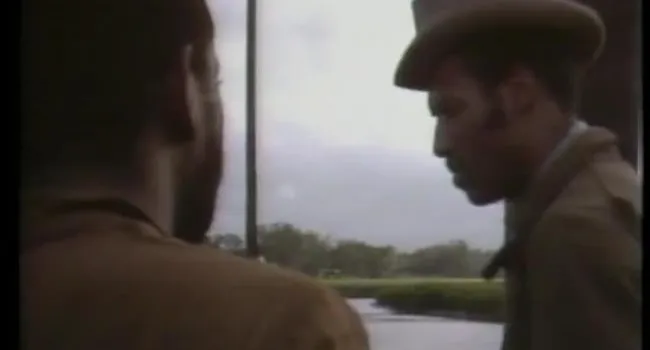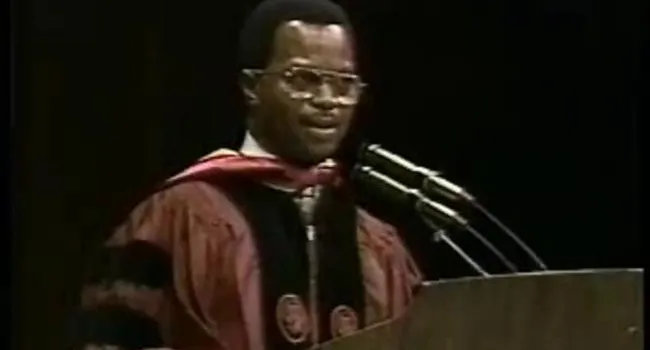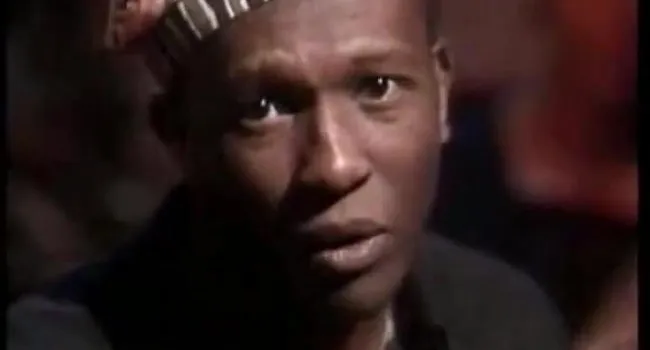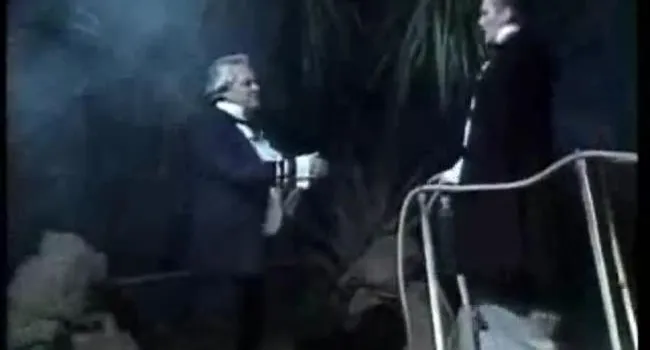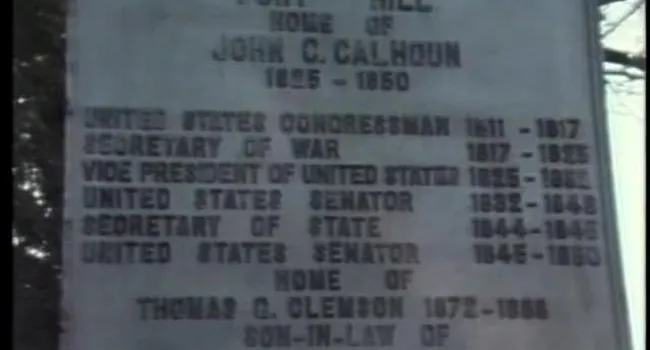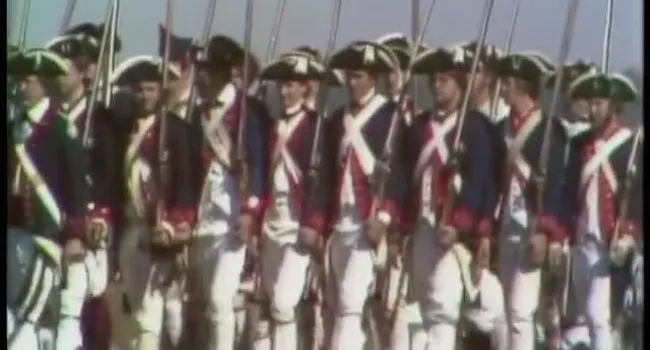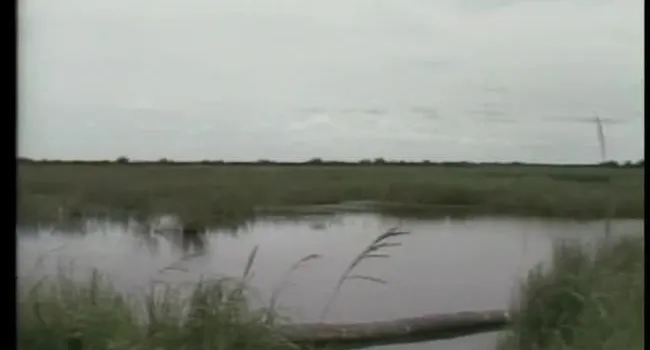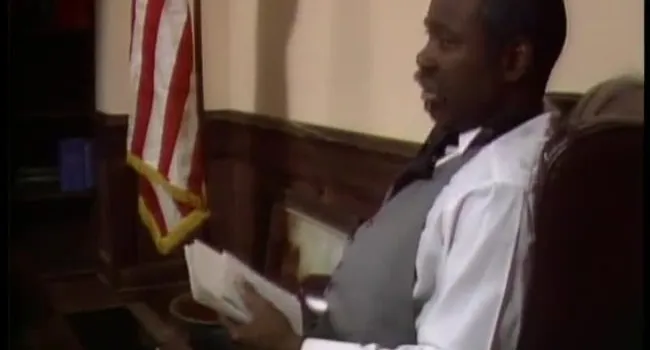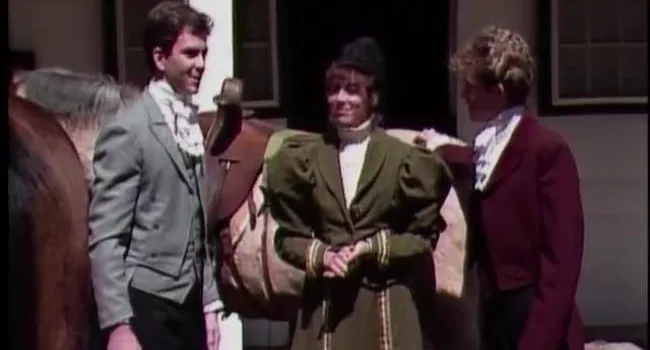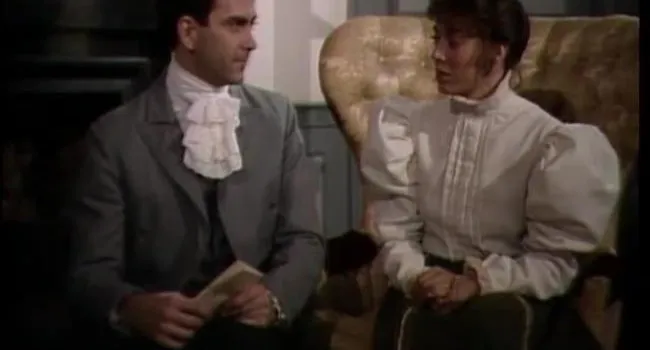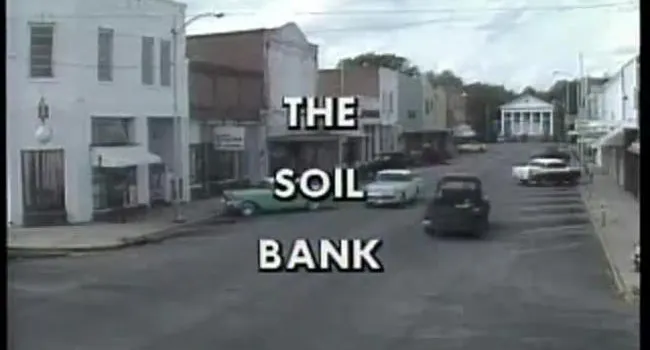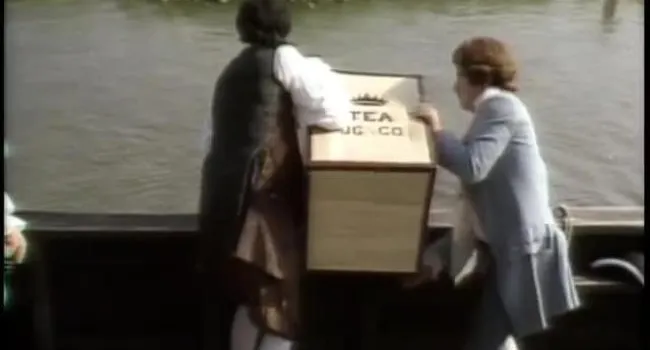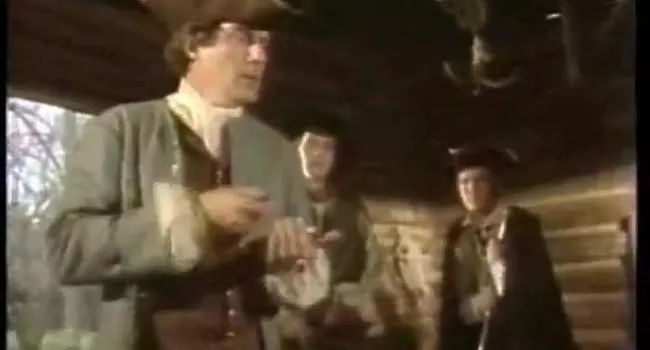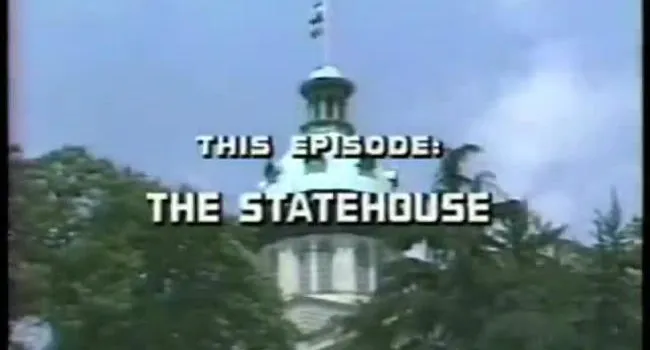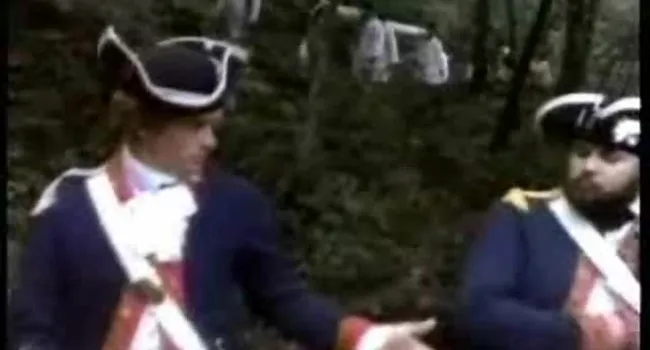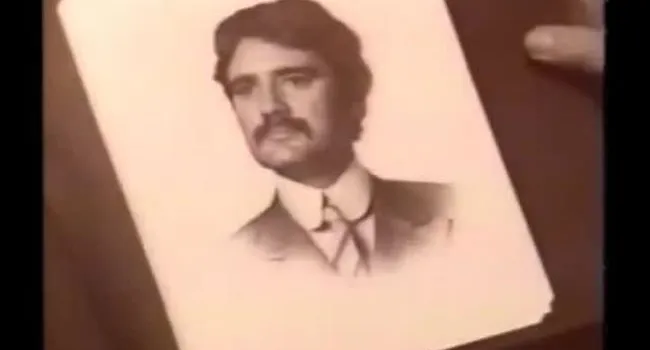REENACTMENT: Four of the principals at Fort Sumter discuss in retrospect events that led to the "firing of the first shot of the Civil War." These people are:
- Major Robert Anderson; Commander of the Federal troops stationed at various posts in the Charleston area.
- General Pierre G. T. Beauregard, Commander of the Confederate troops in the Charleston area.
- Francis W. Pickens, Governor of South Carolina.
- James Buchanan, President of the United States, through March 1861, when much of the negotiations regarding Fort Sumter were taking place.
These four principals are joined by Daniel Howe, a private in the United States Army under the command of Major Anderson. These people elaborate upon their positions at the time and why they took the actions that led to the outbreak of war between the North and the South. All the people depicted in todays lesson were real.
BACKGROUND: Fort Sumter was one of a series of coastal fortifications built by the United States after the War of 1812. Construction of the five-sided fort, located on a shoal, and named for South Carolina's Revolutionary War Patriot Thomas Sumter, was started in 1829 and essentially completed by 1860. Though no guns were in place, the five feet thick brick walls towered above the main ship channel into Charleston Harbor. Four sides were designed for three tiers of guns; the gorge mounted guns only on the third tier. Although the fort was designed for an armament of 135 guns and a garrison of 650 men, by April 1861 only 60 cannons were mounted and 85 men defended the place. The fort was occupied by Federal troops under the command of Major Robert Anderson. The Confederate Army viewed the fort, not only as their property, but as a threat to the security of Charleston
At 4:30 a.m. on April 12, 1861, a mortar shell from Fort Johnson to the south, and a Confederate stronghold, arched across the sky and exploded almost directly over Fort Sumter. Its quick flash signaled other Confederate batteries around Charleston Harbor and within minutes 43 guns and mortars opened fire. For 34 hours the stout masonry fort was pounded with shot and shell. Then on April 14, Major Robert Anderson agreed to evacuate, departing with full honors of war. The next day President Lincoln called out 75,000 militia and the shadow of war fell across the land.
For nearly four years Fort Sumter remained a Confederate stronghold, despite frequent Union attempts to capture both it and Fort Moultrie directly across the channel to the north. From April 1863, when Federal ironclads first tried to force the harbor, until February 1865, when the approach of Sherman's army forced the evacuation of Charleston, the garrisons of both Sumter and Moultrie withstood repeated bombardments and attacks. At the end, buttressed with sand and cotton as well as its own fallen masonry. Fort Sumter was stronger than ever.
Standards
- 4.4.CE Explain the effects of military strategies utilized by the Union and the Confederacy.
- This indicator was developed to encourage inquiry into the effects of military strategies to include but not limited to : wartime technologies, the Anaconda Plan, conscription, and Sherman's March to Sea.
- 8.3.CE Examine consequences of the major Civil War military strategies.
- This indicator was designed to encourage inquiry into the Civil War focusing on the impacts of military strategies and major turning points on South Carolina and the U.S.








